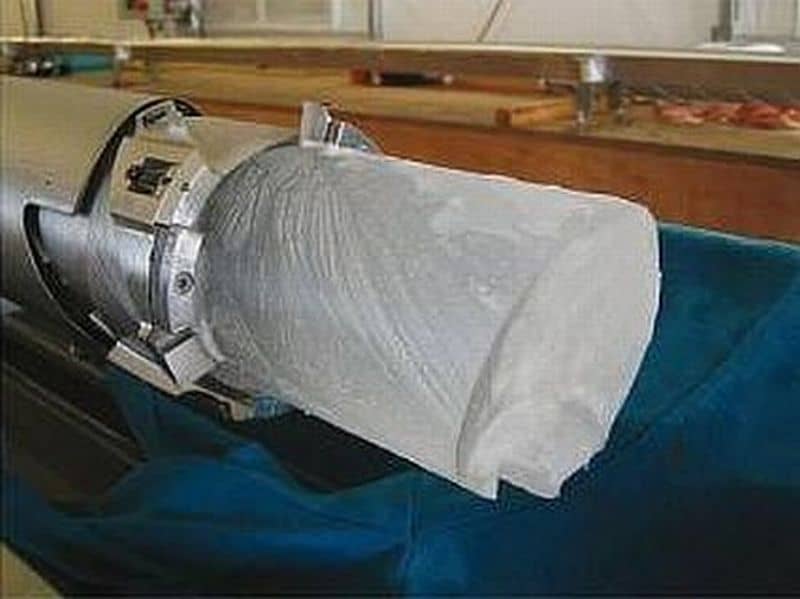Global warming, hastened the arctic melt, resulting in an unpredictable, changing climate, whereby scientists require all past climate records to be better prepared for an uncertain bleak future. The past lies recorded and buried, surprisingly we still have access to it though icecaps of the Arctic and Antarctic regions, and a European Science Foundation programme has a key role in decoding it.
Professor Thomas Stocker of the University of Bern in Switzerland explains that EPICA, a joint ESF- European Commission (EC) effort funded by the Commission and 10 national agencies, has put Europe in a leading position in ice core research, in which specially designed drilling technology is used to obtain continuous ice sequences 3.8 thousands of metres in length.
An ice core from the EPICA deep drilling (–3264.75 m) at Dome C, Antarctica
Snow melts, how can it reveal old records?
Well in the subzero temperatures of this region it is too cold for snow to melt. In most places it will eventually be carried away by glacial movement, but it is possible to find areas where the snow has piled up for hundreds of thousands of years, turning to ice as the weight of later snowfall builds up on top. In case the ice has ancient air bubbles trapped its even better since then, these can be analyzed for ancient atmosphere composition. Layers of ash reveal ancient volcanic eruptions. The ratio of different isotopes of oxygen in the ice is a virtual thermometer that tells us past temperatures. The greater presence of the lighter isotope, oxygen 16, there is, the colder it was. This ice can be the mirror to past climes.
EPICA has explored two such sites for drilling: Dome C, and the other at Kohnen research station in Queen Maud Land. Their secrets however are yet to be fully realized.
Lately the NEEM (North Greenland Eemian Ice Drilling) project has been launched to investigate the Eemian period in Earth history. This warm period from about 130,000 to 115,000 years ago shares similarities with an imminent future greenhouse Earth, and it had sea levels about 7m higher than those we observe today. Lets hope it can help us find a solution to reduce the impact of future rising seas.
Source: Science Daily



